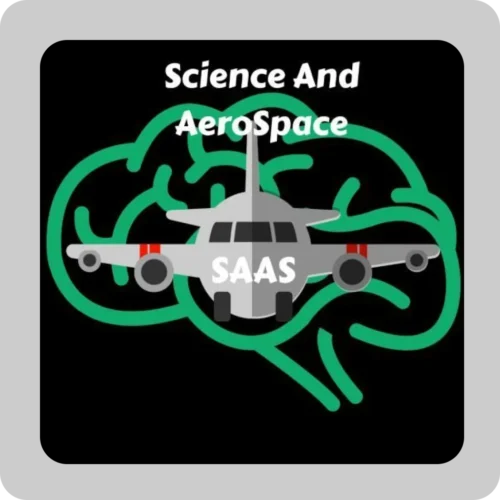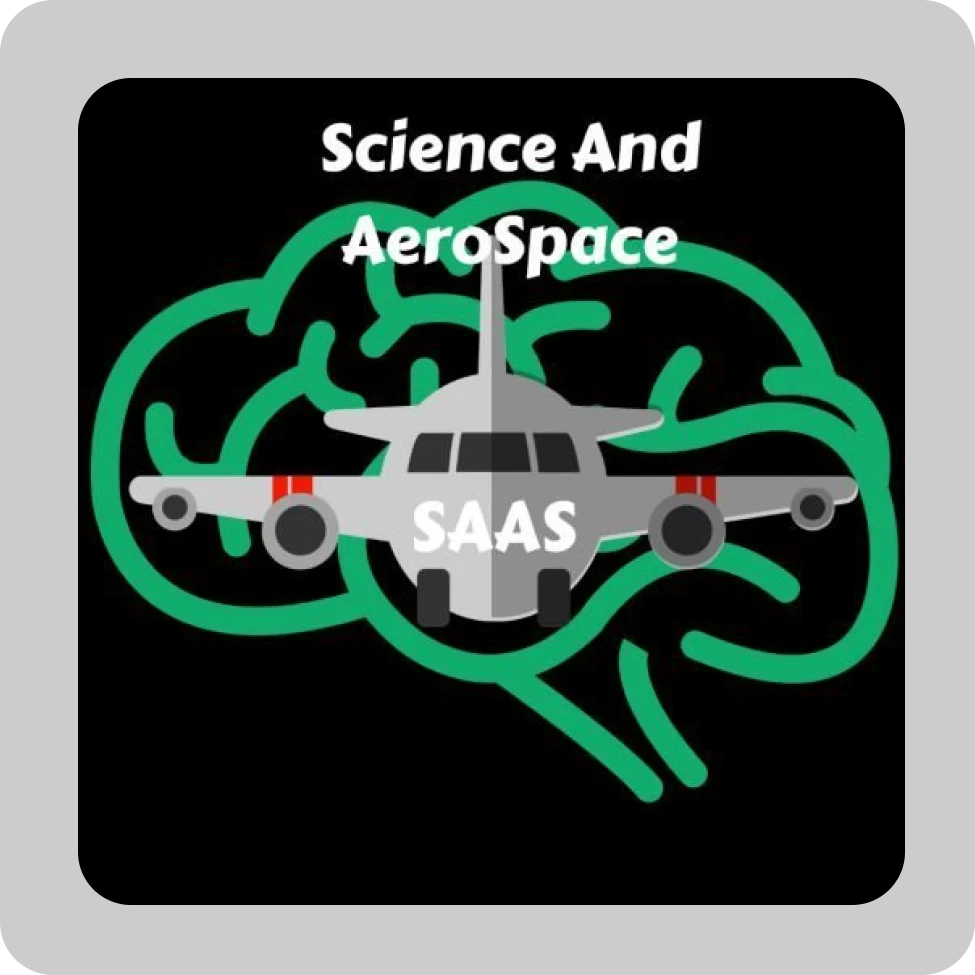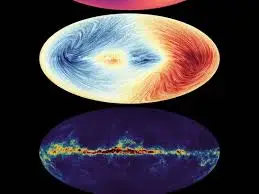Gaia Mission: Mapping the Milky Way’s Secrets: The European Space Agency’s (ESA) Gaia mission revolutionizes our understanding of the Milky Way. Launched in 2013, this groundbreaking space observatory is designed to create our galaxy’s most precise and comprehensive multi-dimensional map. By charting billions of stars’ positions, motions, and characteristics, Gaia is uncovering the secrets of our galaxy’s structure, formation, and evolution. The mission is expected to operate until at least 2025, leaving a lasting legacy in astronomy.
How Gaia Works
At the core of Gaia’s success lies its cutting-edge telescope and instruments. These tools enable Gaia to perform three critical tasks:
1. Mapping Stellar Positions
Gaia’s ability to measure stellar positions with unparalleled precision allows it to construct a detailed 3D map of the Milky Way. This map reveals the intricate structure of our galaxy and the distribution of stars across vast cosmic distances.
2. Tracking Stellar Motions
By observing the movement of stars across the celestial sphere, Gaia provides crucial data about the dynamics of the Milky Way. This information helps scientists study the galaxy’s past, present, and future evolution.
3. Characterizing Stars
Gaia analyzes the light stars emit to determine their brightness, temperature, and chemical composition. This detailed characterization offers insights into the age and origins of individual stars, painting a clearer picture of their life cycles and roles within the galaxy.
Why Gaia Matters
The Gaia mission is a game-changer for astronomy, providing data that enhances our understanding of the Milky Way and the universe. Its contributions are far-reaching and include:
Understanding the Milky Way’s Formation and Evolution
Gaia’s precise measurements allow scientists to reconstruct the Milky Way’s history, from its formation billions of years ago to its current state. Researchers can identify the processes that shaped our galaxy by analyzing star distribution and motion.
Discovering Exoplanets
Gaia detects exoplanets by identifying tiny gravitational wobbles in stars caused by orbiting planets. This method contributes to discovering new worlds beyond our solar system, broadening our search for habitable planets. Also see https://scienceandaerospace.blog/how-small-satellites-cubesat-are-manufactured/
Testing Fundamental Physics
Gaia’s data offer a unique opportunity to test core physical theories, including Einstein’s general relativity. By studying how stars and galaxies interact, Gaia provides insights into phenomena like dark matter and gravitational waves.
Gaia Mission: Mapping the Milky Way’s Secrets: The Legacy of Gaia
As Gaia continues to collect and release data, its impact on astronomy and astrophysics grows. Scientists are already using its findings to explore the universe in unimaginable ways. Gaia’s discoveries will be a foundation for future research, inspiring breakthroughs in areas ranging from galactic dynamics to planetary science.
Gaia Mission: Mapping the Milky Way’s Secrets legacy will profoundly contribute to our understanding of the cosmos. By revealing the Milky Way’s secrets, Gaia is paving the way for humanity’s continued exploration of the universe.
References
- European Space Agency (2023). “Gaia Mission Overview.” Retrieved from esa.int.
- Johnson, M. (2022). “Charting the Stars: The Impact of Gaia on Astronomy.” Astrophysical Journal, 89(4), 112-118.
- Brown, T. & Patel, R. (2023). “Exoplanet Detection Through Gaia Data.” Journal of Space Science, 12(5), 57-65.


